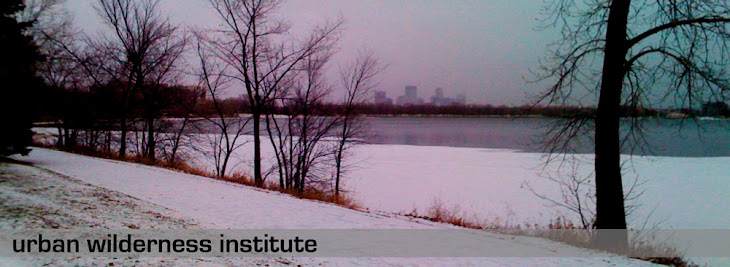The New York Times Magazine has just published it's annual Year in Ideas, and some of the 'best ideas' in design have an interesting take on the built environment.
I can attest that The Bicycle Highway is in fact "every cyclists fantasy." And while the reviews acknowledge the US planners' musings about national bicycle corridors, they gush over Copenhagen:
Copenhagen... began last month to create the real thing: a system of as many as 15 extra-wide, segregated bike routes connecting the suburbs to the center of the city. These are not bucolic touring paths; Copenhagen's bike highways are meant to move traffic. Nearly 40 percent of Copenhagen rides a bike to work. On Norrebrogade, a two-mile street in the center of the city, 36,000 cyclists clog the bike lane every day.The Bicycle Office of Copenhagen's design calls for service stations (with air pumps and tools for simple repairs) and plans to employ so-called intelligent transportation systems — not unlike the technology that makes the E-ZPass possible. Using handlebar-mounted RFID or GPS technology, for example, commuters could detect other riders on the routes, helping them to assemble into pelotons or "bike buses." These groups could in turn emit signals that trip traffic lights in their favor, resulting in a "green wave" of bicycle momentum.
That's awesome. A handlebar mounted I-Pass would look killer on my bike! And a commuter peloton? This should be a "Year in Ideas" feature in its own right. We'll work on that for 2010.
Next up is The Cul-de-Sac Ban:
Virginia, under the leadership of Gov. Tim Kaine, became the first state to severely limit cul-de-sacs from future developments. New rules require that all new subdivisions attain a certain level of "connectivity," with ample through streets connecting them to other neighborhoods and nearby commercial areas.
This is great news for the walkability of future suburbs, but here is my nomination for the best idea for reforming our existing infrastructure:
The folks over a newgeography addressed this issue in an October article. One of the main inefficiencies of the suburbs is that they are typically single use zoning; when residents leave their homes for work in the morning, infrastructure is unused all day until the commute home. Changing zoning regulations to permit mixed uses (home-based offices, light manufacturing, business centers) can help us make better use of our current infrastructure and shorten commutes for many people who prefer suburban life by bringing their offices into their neighborhood. This could even affect the density challenge of suburban mass transit. Check out their solutions in detail at: www.newgeography.com: the residential-business zoning model and the cyber-village.
Bicycle culture is going mainstream and rethinking urban design is becoming a national conversation - fantastic ideas from 2009.
